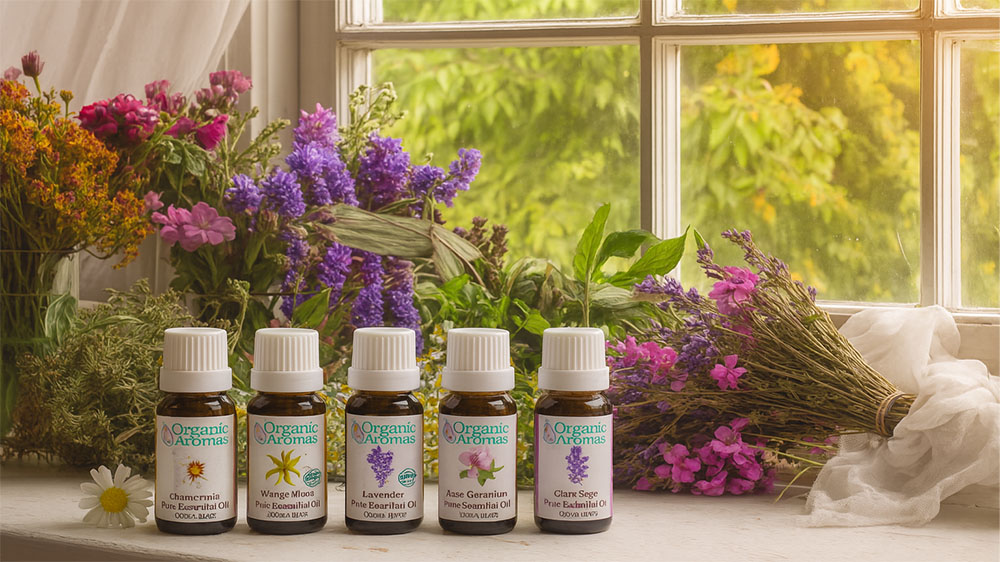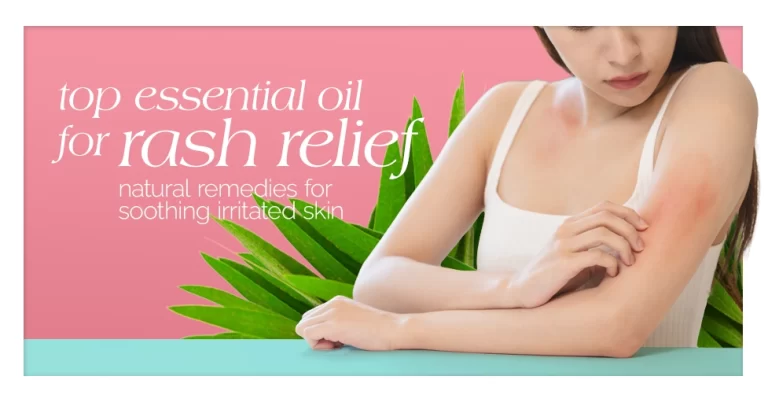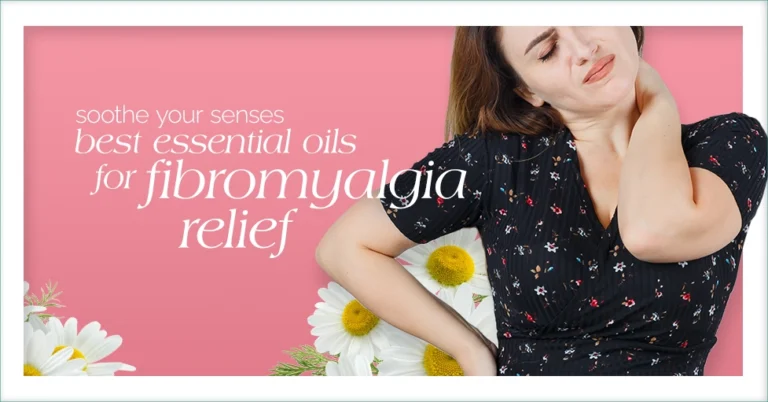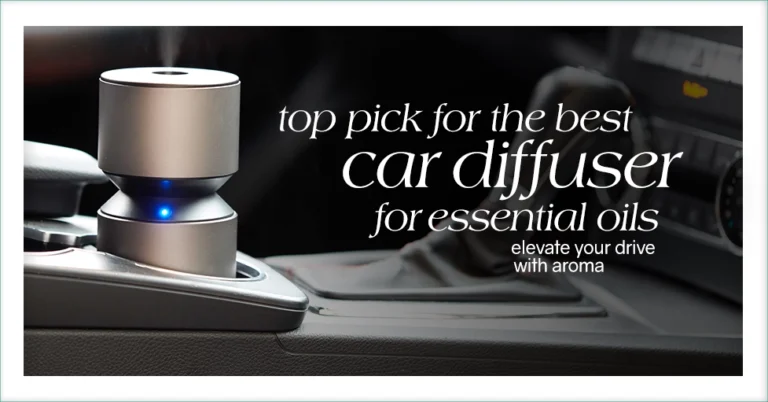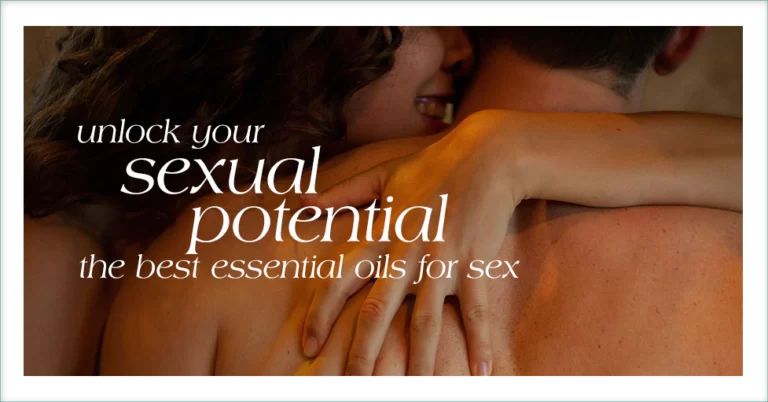5 Reasons a Pure Floral Essential Oil Doesn’t Exist for Every Flower
When people first explore aromatherapy, they often imagine they can capture the scent of any flower in a small glass bottle. From lilacs to lilies of the valley, the idea of owning a pure floral essential oil from a favorite bloom is enticing. However, in reality, not every flower can be transformed into a floral essential oil in the traditional sense. While roses, lavender, and jasmine have well-known essential oils, other beloved flowers such as lilac, gardenia, and sweet pea cannot yield a floral essential oil through standard extraction methods.
This guide explains five scientific, economic, and environmental reasons why certain flowers can’t produce a pure essential oil, along with natural alternatives that still let you enjoy those cherished scents.
Understanding Floral Essential Oil Extraction
A floral essential oil is usually created through steam distillation, cold pressing, CO₂ extraction, or solvent extraction. Each method is suited to certain plants, but not all flowers have the right chemical makeup to yield oil in meaningful quantities.
Many flowers produce only trace amounts of aromatic compounds—sometimes less than 0.001% by weight. This means even harvesting thousands of blossoms may not yield a single drop of usable floral essential oil.
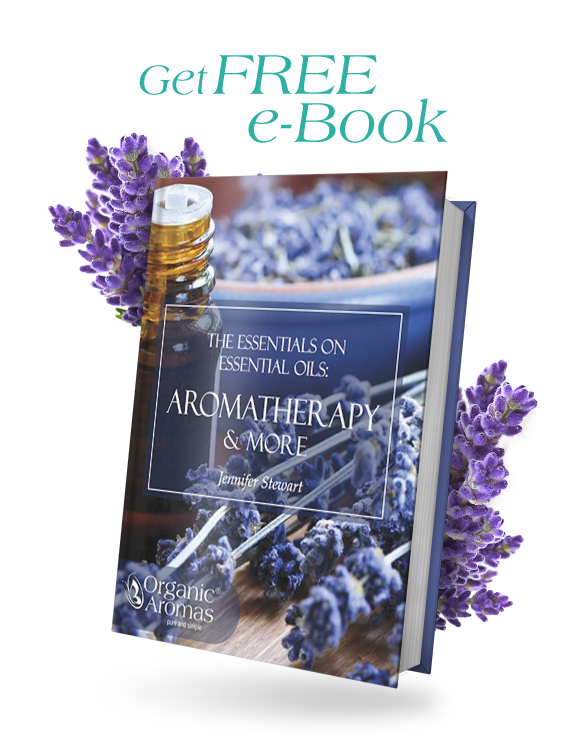
Sign Up to Get Your FREE
e-Book Here…
Reason 1: Low or Nonexistent Oil Yield
Some flowers simply do not produce enough volatile compounds to create a floral essential oil. Lily of the valley, for example, has a captivating fragrance but contains almost no extractable oil.
When extraction is attempted, the result is often a weak, unrepresentative aroma. For this reason, a “lily of the valley floral essential oil” sold commercially is usually a blend of other natural oils formulated to mimic the flower’s scent.
Examples of Low-Yield Flowers:
Lilac
Gardenia
Sweet pea
Lily of the valley
These flowers smell wonderful in the garden but do not naturally exist as a floral essential oil.
Reason 2: Heat Sensitivity of Delicate Petals
Steam distillation, the most common method for producing a floral essential oil, can damage fragile fragrance molecules. Flowers like magnolia or tuberose are extremely heat-sensitive, and their most delicate aromatic compounds are destroyed during high-temperature extraction.
Perfumers may use enfleurage, a traditional method that absorbs scent into fat from fresh petals over several days. While this can preserve the aroma more effectively, it is time-consuming, costly, and rarely applied in large-scale floral essential oil production.
Reason 3: Cost and Labor Limitations
Even when extraction is possible, the number of petals needed for a small bottle of floral essential oil can be staggering. Producing just one ounce of jasmine oil requires around 2,000 pounds of flowers.
For rare or delicate flowers, this makes production economically impractical. The cost to grow, harvest, and process such blooms would make the floral essential oil too expensive for most consumers.
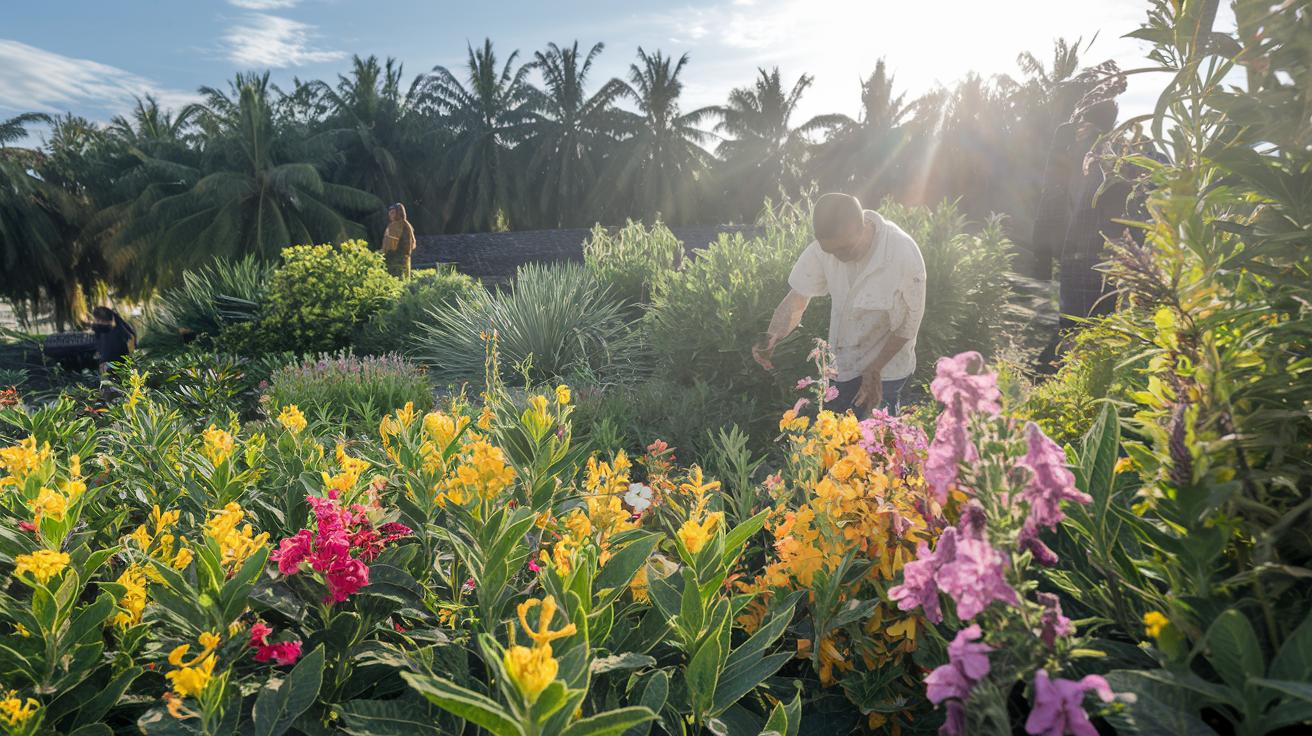
Reason 4: Scent Chemistry Complexity
A flower’s fragrance is often made up of dozens or even hundreds of compounds, many of which are unstable and change quickly after the flower is cut.
When a floral essential oil is made, only part of the original aroma’s chemical profile is preserved. That is why a bottle labeled “lilac floral essential oil” is almost always a blend designed to replicate the natural scent, not an oil distilled directly from lilac blossoms.
Reason 5: Sustainability and Ethical Concerns
Harvesting large quantities of certain flowers for floral essential oil production could damage ecosystems and reduce natural populations. Wild blue lotus or endangered orchids, for instance, should not be overharvested for fragrance.
Responsible producers avoid making a pure floral essential oil from such species, opting instead for sustainable blends created from abundant botanicals with similar aromatic compounds.
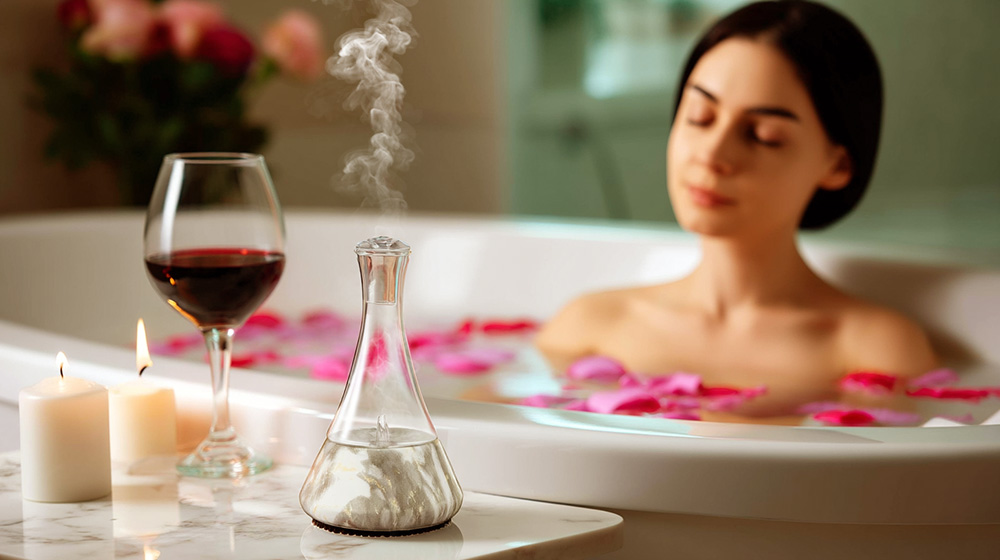
Why Some Flowers Can’t Become a Pure Floral Essential Oil
| Flower | Oil Yield in Nature | Extraction Method Issues | Typical Alternative in Blends |
|---|---|---|---|
| Lilac | Near zero | Compounds unstable | Ylang-ylang, rose, clove |
| Gardenia | Near zero | Petals heat-sensitive | Jasmine, tuberose, vanilla |
| Lily of the Valley | Near zero | Cannot withstand steam | Lemon, neroli, ylang-ylang |
| Sweet Pea | Extremely low | Volatiles degrade quickly | Rose, orange blossom |
| Magnolia | Low | Fragrance changes with heat | Jasmine, champaca |
Alternatives to Rare Pure Floral Essential Oil
If a single-note distillation is unavailable, you can still enjoy favorite floral scents in floral essential oil blends. These blends are made by combining other natural oils whose chemical makeup matches the desired flower’s aroma.
Examples include:
Lilac Floral Essential Oil Blend → Ylang-ylang + rose + clove
Gardenia Floral Essential Oil Blend → Tuberose + jasmine + vanilla
Lily Floral Essential Oil Blend → Neroli + Ylang-ylang + lemon
These blends offer 100% plant-derived fragrance without synthetic additives.
Tips for Choosing a Quality Floral Essential Oil
When buying a floral essential oil, keep in mind:
Check the label — Look for “essential oil blend” if the plant cannot be distilled.
Review GC/MS reports — Laboratory testing ensures the oil is natural.
Research the brand — Ethical companies focus on sustainability and transparency.
Avoid vague claims — If a rare flower is sold as “pure floral essential oil” without proof, it may be synthetic.
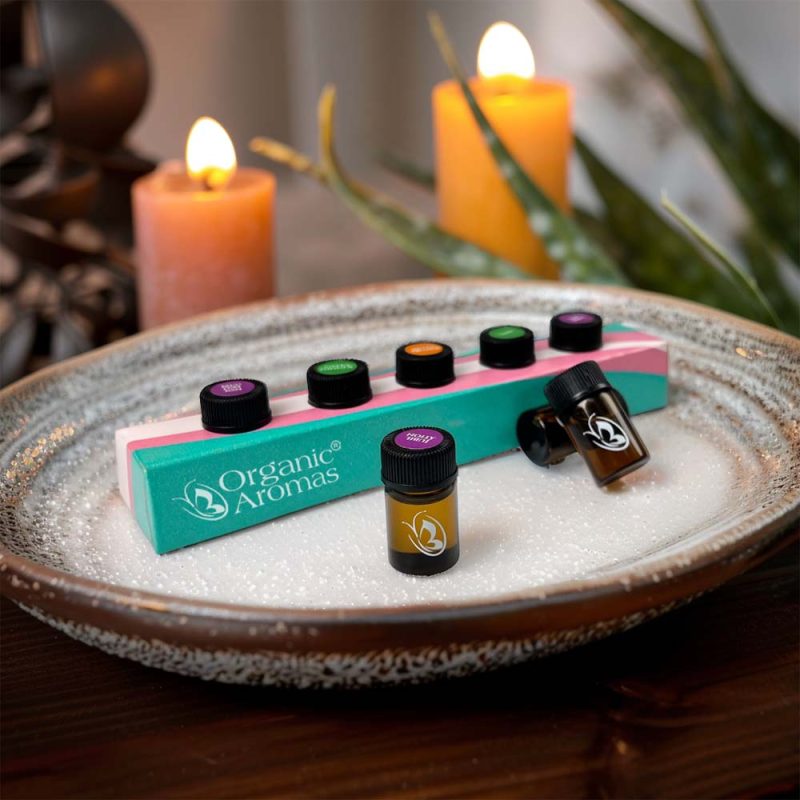
AromaCurious™ Starter Kit – Choose-Your-Own 5-Pack Essential Oil Sampler (2ml Each)
Floral Essential Oil and Aromatherapy Benefits
Even if a pure floral essential oil is not available, blends can offer powerful aromatherapy effects. Certain floral aromas are linked to:
Relaxation (lavender, jasmine)
Mood enhancement (ylang-ylang, rose)
Romantic ambiance (tuberose, neroli)
Using a floral essential oil blend in a nebulizing diffuser can create a natural, long-lasting fragrance that supports emotional balance.
Final Thoughts
Not every flower in nature can be made into a pure floral essential oil, and that is part of the beauty of aromatherapy. It blends science, art, and sustainability. By understanding the limitations of floral essential oil production, you can choose ethical, eco-friendly options while still enjoying the scents you love.
Whether diffusing a rose blend, recreating the essence of lilac, or exploring the wider world of botanical fragrances, floral essential oil remains a versatile, natural way to bring the garden indoors.
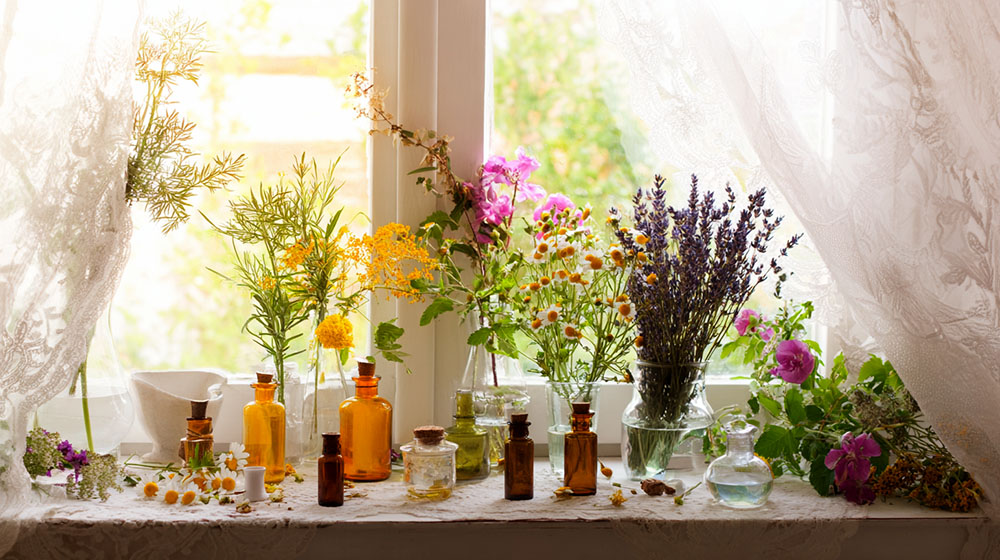
Frequently Asked Questions About Floral Essential Oil
Q1: Can every flower produce a pure floral essential oil?
No. Many flowers, such as lilac, gardenia, and lily of the valley, produce little to no extractable oil. This makes it impossible to create a true pure floral essential oil through traditional distillation methods. In these cases, a natural floral essential oil blend is the only way to enjoy the aroma in aromatherapy.
Q2: Why can’t lilac floral essential oil be distilled?
Lilac blossoms have an extremely low oil yield and their aromatic compounds are too delicate for heat-based extraction. Any lilac floral essential oil on the market is usually a high-quality blend of other botanical oils designed to replicate the lilac scent.
Q3: Are floral essential oil blends natural?
Yes—when made by reputable companies, floral essential oil blends are created from 100% plant-derived oils with no synthetic fragrances or fillers. These natural floral essential oils combine different botanicals to match the aroma of flowers that cannot produce oil on their own.
Q4: How can I tell if a floral essential oil is authentic?
Choose brands that provide GC/MS test results, list all botanical sources, and clearly state when a product is a floral essential oil blend rather than a pure distillation. Transparency is key for safe aromatherapy.
Q5: Do floral essential oil blends have the same benefits as pure oils?
While the chemical profile may differ, high-quality floral essential oil blends can still offer aromatherapy benefits such as relaxation, mood support, and emotional balance—similar to pure floral essential oils.
Q6: Which flowers can be made into a pure floral essential oil?
Common examples of flowers that produce enough oil for distillation include lavender, rose, jasmine, ylang-ylang, and chamomile. These are popular in the floral essential oil market due to their strong scent and therapeutic properties.
Q7: How should I use floral essential oil in my home?
You can diffuse floral essential oil using a nebulizing diffuser, add it to DIY perfumes, or dilute it with a carrier oil for topical application. Always follow safe usage guidelines for natural floral essential oils.
Q8: Why is some floral essential oil more expensive than others?
Price varies based on oil yield, harvest difficulty, and processing methods. For example, jasmine floral essential oil is more expensive due to its low yield and labor-intensive handpicking process.
Q9: Is it safe to apply floral essential oil directly to skin?
No. Always dilute floral essential oil with a carrier oil before skin application to avoid irritation. Even pure floral essential oils should be handled with care.
Q10: What’s the difference between floral essential oil and fragrance oil?
Floral essential oil comes from natural plant extraction, while fragrance oil is typically synthetic. For therapeutic benefits, choose natural floral essential oil instead of artificial fragrance oils.

